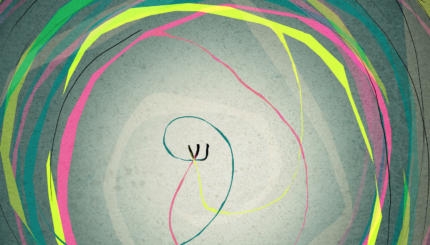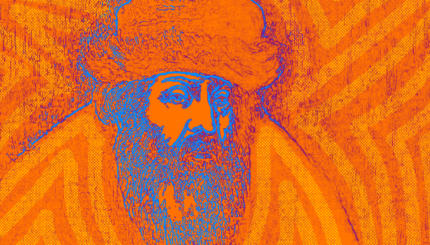The summer months usher in vacations from school and shul. We tend to lose the weekly Torah portions from Shavuot (early June) through the High Holy Days. Thus we lose the dog days of the books of Numbers and Deuteronomy; Israel’s trudging through the wilderness in search of the Promised Land. In doing so, we also lose some of the most valuable lessons brought about from the narrative.
One of the most basic questions brought up by a careful reading of the text is painfully obvious to English literature majors: If the climax of any story appears near the end of a book, why do the three climactic episodes in the Torah take place near the beginning? The Torah begins with creation, and the book of Exodus and the revelation at Sinai are completed before the Torah is one third finished.
We are faced with the Occum’s Razor answer (the simplest explanation is the most likely) which is that the true climax of the biblical narrative is at the end.
These texts make for good stories. The best stories have many meanings and their meaning changes as we grow and mature. Our life-experiences guide us through new interpretations and insights. As Naomi Remen (founder and director of the Institute for the Study of Health and Wellness at Commonweal) teaches, “All these meanings are true the facts bring us to knowledge, but stories lead to wisdom.”
This question will an uncomfortable area for some. How can revelation play second fiddle to anything? How can the Exodus not be the second greatest miracle of all? Yet, the literary evidence is compelling.
The ending of Deuteronomy describes the death of Moses. Could that be the climax we have been anticipating since the first verses of Genesis? It is significant that Moses dies just as the Israelites are poised to enter the Promised Land. They will never again have a leader like Moses; in essence, they are now responsible for the Covenant obligations. The biblical narrative was shaped by great men and women; Patriarchs and Matriarchs who created Covenantal relationships and argued with God face to face. But now, at the end of the text the message is plain – the great ones are no longer. We are in their place. The great ones stood alone; literally and figuratively. They had no friends, no one to invite over for a Shabbat meal, no one to comfort them when they mourned. Their time is past.
We stand in their place. We are able to share; to laugh and cry together, to support and educate, to stand together. It takes ten of us to make a minyan. If the Abraham, Sarah, Isaac, Rebecca, Jacob, Rachel, Leah, Moses and Aaron stood together they could make a minyan (the quorum of 10 adult Jews necessary for saying certain prayers).
That is the climax of the text: The simple lesson that it is now up to us and us alone; to comfort the mourners, visit the sick, feed the hungry, make the minyan, to care. Naomi Remen teaches that the most important thing we ever give each other is our attention – and I find that to be true.
minyan
Pronounced: MIN-yun, meen-YAHN, Origin: Hebrew, quorum of 10 adult Jews (traditionally Jewish men) necessary for reciting many prayers.
Shabbat
Pronounced: shuh-BAHT or shah-BAHT, Origin: Hebrew, the Sabbath, from sundown Friday to sundown Saturday.
Shavuot
Pronounced: shah-voo-OTE (oo as in boot), also shah-VOO-us, Origin: Hebrew, the holiday celebrating the giving of the Torah at Mount Sinai, falls in the Hebrew month Sivan, which usually coincides with May or June.
Torah
Pronunced: TORE-uh, Origin: Hebrew, the Five Books of Moses.




